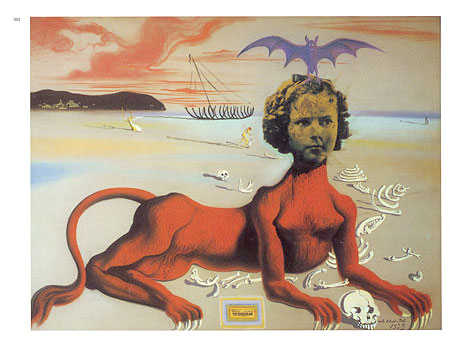Wacky Whiskers Wednesday: Dalí's Stache
Salvador Domingo Felipe Jacinto Dalí i Domènech, Marqués de Dalí de Pubol (seriously, that's his real name), known more commonly as Salvador Dalí, was a prominent Spanish artist who is known for his bizarre surrealist paintings. Possibly his most recognizable work, "The Persistence of Memory," was completed in 1931 and is still considered a pop culture icon today.
The Persistence Of Memory, 1931
Dalí's often eccentric behavior, self-proclaimed love of "everything that is gilded and excessive," and unique personal style was often discussed by his critics and irritated those who held his work in high esteem. One of his most distinguishing features was his flamboyant facial hair. In a 2010 British “Movember” poll, Dalí’s facial hair was voted the most famous mustache of all time, and we Archive Gals think that’s a pretty big achievement!
While appearing on a game show called “The Name’s the Same” in 1954, Dalí was asked (4:00) if his mustache was a joke, to which he responded: “It’s the most serious part of my personality” and “It’s a very simple Hungarian mustache. Mr. Marcel Proust used the same kind of pomade for this mustache.”
The Archive Gals hold Dalí's facial hair choices in the highest esteem and believe you should always let your true self shine through! Thanks Dalí!


